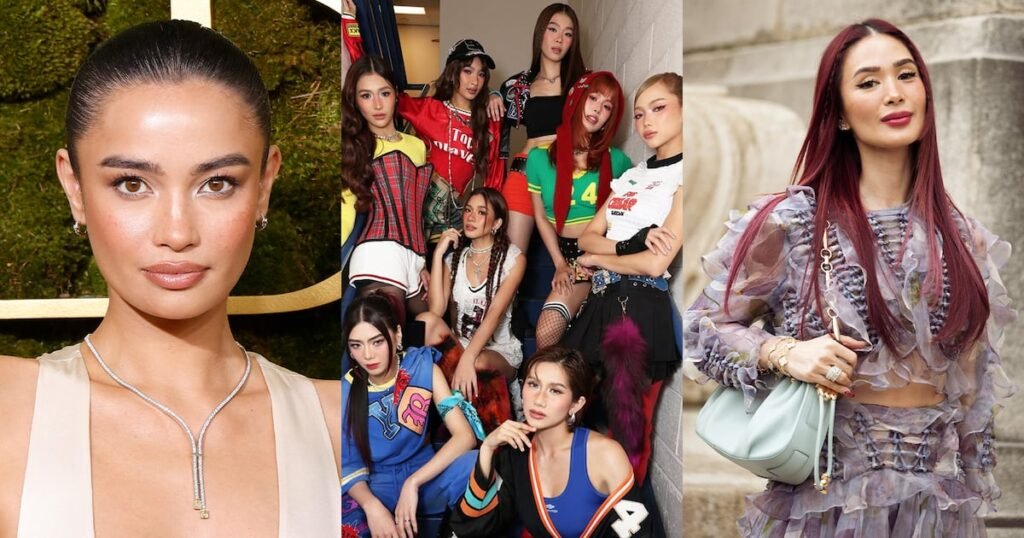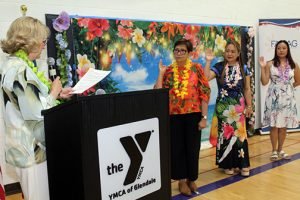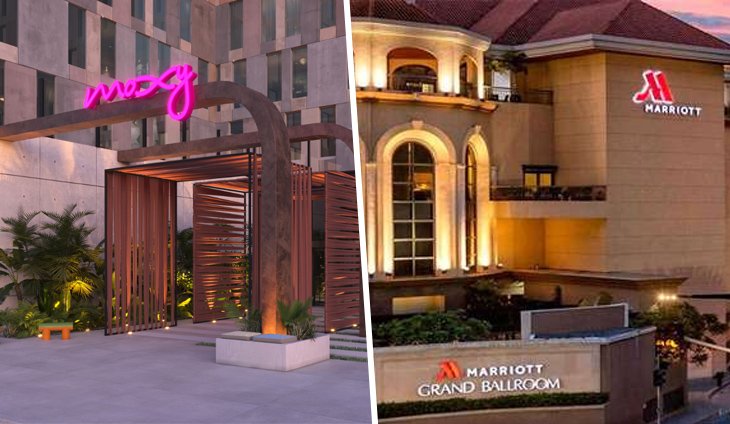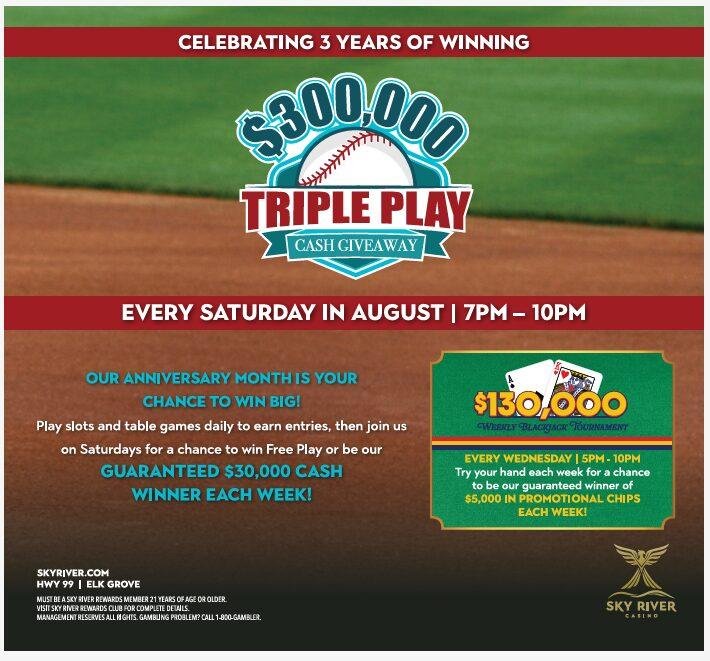A Louis Vuitton runway seat is a notoriously tough “get” for the Paris fashion flock. The benches are narrow, the celebrities are Oscar-level and the demand to see the latest painted pochettes in person means that even some prominent editors and social media stars receive a respectful but swift “non” from the French mogul brand.
Heart Evangelista’s invite, however, is never lost in the mail.
The Manila-based actress, singer and model strolled into the Louis Vuitton show in Paris in March with the same black boots and monogrammed bag seen on Zendaya and Emma Stone. She also made appearances at Chloé, Dior, Fendi, Hermès, Versace and nearly a dozen more front rows.
When I caught up with Evangelista between shows in Milan a few months back, she said it was “a lot of fun and also a big privilege” to be a Filipina attending global fashion moments. “It’s so important to me that Filipina style is represented, because there’s so much joy in it,” said 40-year-old Evangelista, who boasts over 16 million Instagram followers, and whose TikTok videos have been viewed over half a billion times. “We have a real flair,” she continued, “for making beauty into an expression of optimism.”
Evangelista isn’t the region’s only star. There is Bini, a pop group with eight shimmying girls who have helped popularise holographic eyeshadow and blurry blush among their fans. There is Belle Rodolfo, a former Manila magazine editor who now works with brands like YSL Beauté and Sephora. And there is Kelsey Merritt, the first Fillipina to walk in a Victoria’s Secret show who remains a Ralph Lauren muse. Merritt recently became paparazzi bait thanks to her new boyfriend, the actor Chace Crawford; since December, there has been a 500 percent increase in Pinterest content chronicling her style.
“We’re a pretty small group of islands,” said Nicolette Santos, a Fillipina-American culture strategist for brands like Adidas, Colourpop and Hourglass Cosmetics who currently lives in Los Angeles. But the uniqueness of Filipino identity represents a broad range of connection points, a fact that may explain why influencers from the archipelago are becoming go-to creators for the beauty and fashion industries, and why their resonance goes far beyond the South Asian country with a population of 115 million.
“We’re Asian. We’re also Latino. We understand aspects of both cultures,” Santos continued. “We understand colonialism and colourism. We’re a Catholic culture but we have a huge and active queer community.”
Because Filipino identity overlaps and intersects with so many other cultural folds, said Santos, the relatability is always there.
A Culture of Beauty
According to the 2023 census, in the US, about 4.6 million people identify as Filipino-Americans — the country’s third largest Asian diaspora, including movie star Hailee Steinfeld and real estate billionaire Manny Villar. For many within that community, beauty is a family practice.
“We’re a matriarchal culture, and there’s always moms and aunts and grandmothers around,” said Melissa Magsaysay, a Filipina-American journalist who founded her clothing brand Duster last year after searching for a traditional Filipino house-dress in the style of mother and grandmother. (Think Hill House Home’s “nap dress”, but with tailoring and visible pockets.) “When you’re hanging out with your family, someone is always fussing over your hair, your makeup, your outfit. Beauty awareness starts really early. It’s part of playtime.”
Santos explained that pageant culture is a staple of Filipino television stations. Poverty is rife, which can only deepen the commitment to glamour, she said. “Being ‘presentable’ in our culture isn’t seen as shallow; it’s seen as community pride. Makeup is part of our cultural identity in a very deep way,” said Santos.
Content creator Kristina Rodulfo is a first-generation Filipino-American who grew up in Queens, New York. A former beauty director at Elle.com and Women’s Health, Rodulfo is now a full-time influencer who regularly works with Sephora and has been an online face for Tatcha and Cover Girl. The 32-year-old confirmed her online engagement “always goes up” when she connects current beauty trends or ingredients with her heritage, and created a newsletter — Pearl — devoted to Philippines beauty brands and founders in 2022. Rodulfo has observed a growing number of Filipino-American campaign stars like Olivia Rodrigo for Lancôme and H.E.R. for Dove. She also cites the nascent popularity of foods like Ube, a popular Filipino dessert and recent Tower 28 and Nyx Cosmetics lip gloss flavour.
Still, Rodulfo said the opportunity for Filipino beauty brands is largely under-realised. “There’s a huge opportunity to fill this white space, culturally,” she said. “I keep being like, ‘Where is our [cool cult brand] Ceremonia? Where is our K-beauty?’”
The Power of Filipino Faces
In May, Condé Nast launched Allure Philippines with a cover featuring Evangelista alongside influencer Bretman Rock. The same month, Rock became a rare male spokesperson for Sol de Janeiro. Santos says that’s not a coincidence.
“Drag culture is very much part of Filipino culture. Drag shows are always on TV. Even though parts of the Philippines are still very conservative, there is a deep and longtime love of queer culture in our community. Men are encouraged to be glamorous, too.” Santos said that Rock is a star in his home country, on par with Paris Hilton in America.
Queer beauty icons like makeup artist Patrick Starrr and Perfect editor-in-chief Bryanboy also claim Filipino roots. Male-focused brands often flounder, even with a famous face. Because many male Filipino influencers have glamour already built into their identity, Rodulfo says they’re more likely to read as genuine to possible shoppers.
Evangelista has another theory about why the Philippines’ beauty influencers are gaining popularity with American fans. “It’s an island climate! There’s always rain and sun happening very close together. We know how to make our makeup last a very long time, no matter the weather.”
As global warming turns New York summers into sub-tropical sloshes, and rainfall becomes more common — and more extreme — in formerly temperate locals like Southern California, sweat-proof essentials like powder-to-cream foundation, liquid eyeliner and hardcore setting spray are becoming more in-demand.
“Our glamour really lasts,” said Evangelista.
Rodulfo agreed in a more literal sense, having just returned from a trip to Manila with her suitcase full of products from Filipino brands like Happy Skin and Sunnies Face. While she fears she overspent, Rodulfo believes the sweat-proof formulas were worth the splurge.
“When they’re made by Filipino founders, I know I only have to apply them once.”
Sign up to The Business of Beauty newsletter, your complimentary, must-read source for the day’s most important beauty and wellness news and analysis.
Disclosure: LVMH is part of a group of investors who, together, hold a minority interest in The Business of Fashion. All investors have signed shareholders’ documentation guaranteeing BoF’s complete editorial independence.








